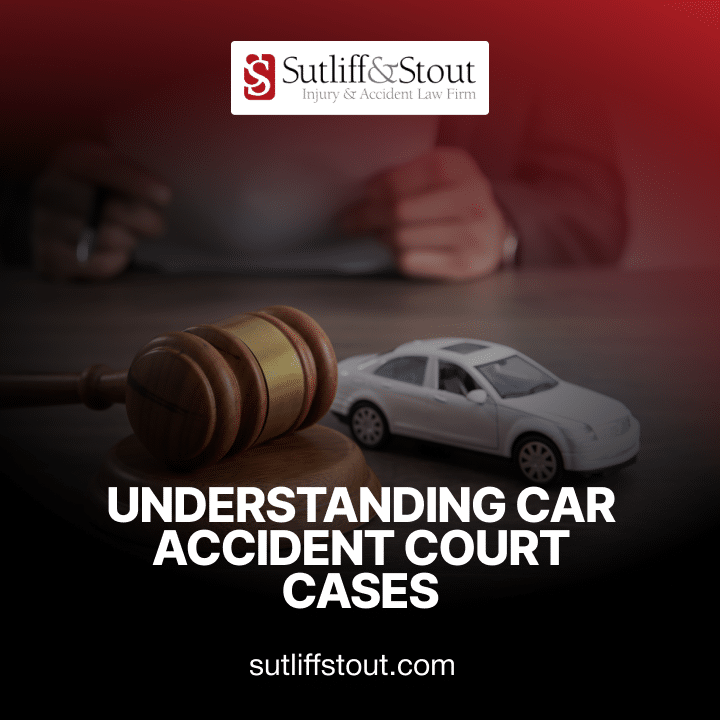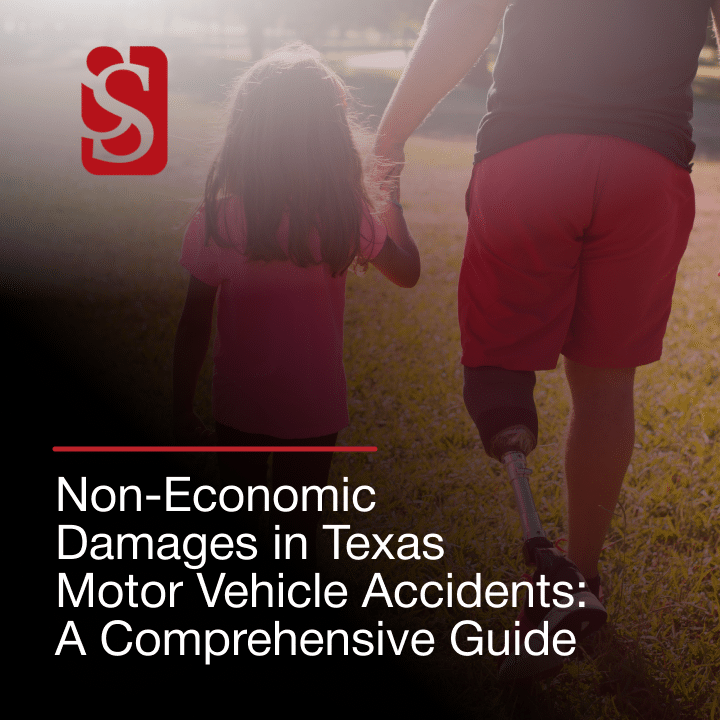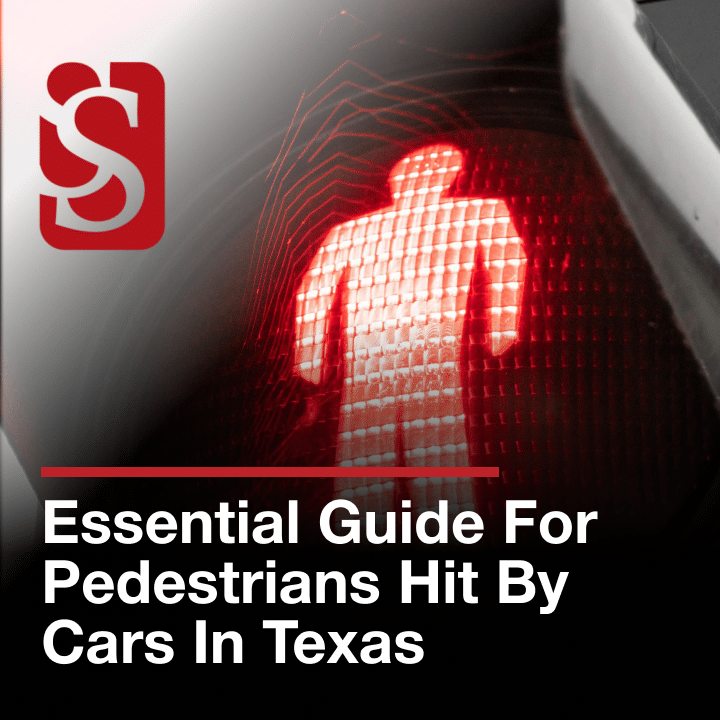Poor road conditions are a significant and often overlooked cause of vehicular accidents.
Neglected and deteriorating roadways can lead to various hazards such as potholes, uneven surfaces, and lack of proper signage. These issues not only increase the likelihood of accidents but also amplify the severity of incidents when they occur.
Understanding these factors can help in advocating for better road maintenance and seeking proper compensation for damages.

Motor Vehicle Accident Statistics Due to Poor Road Conditions
| Statistic | Value |
|---|---|
| Annual Contribution to Motor Vehicle Accidents | One-third |
| Annual Injuries | Over 2 million |
| Annual Fatalities | 22,000 |
| Average Annual Repair Costs per Motorist | $533 |
| Common Road Issues | Potholes, Cracked Pavement, Missing Guardrails |
| Responsible Entities | Government Agencies |
The Hidden Dangers of Neglected Roadways
Poor road conditions pose a significant risk to drivers, pedestrians, and cyclists. These neglected roadways can lead to severe accidents, resulting in injuries, fatalities, and property damage.
Understanding the types of poor road conditions and their impacts can help in advocating for safer roads and seeking proper compensation when accidents occur.
Definition and Overview of Poor Road Conditions
Poor road conditions refer to any road surface that is not properly maintained, leading to hazards for those who use it. These can include potholes, cracks, uneven pavement, and other issues that compromise the safety and functionality of the roadway.
Over time, exposure to weather elements and lack of maintenance can exacerbate these problems, making roads more dangerous for everyone.
Importance of Road Safety
Ensuring road safety is crucial for preventing accidents and protecting lives.
Well-maintained roads allow for smoother traffic flow and reduce the risk of accidents caused by unexpected road hazards.
Governments at all levels have a responsibility to maintain roads and ensure they are safe for public use.
Common Types of Poor Road Conditions
Poor road conditions can come in many forms, each presenting unique dangers to drivers. These conditions are often the result of inadequate maintenance, extreme weather, or both.
Understanding the various types of poor road conditions can help in identifying potential hazards and advocating for safer roads.
This section explores some of the most common types of poor road conditions and their impacts on safety.
Potholes
Potholes are depressions in the road surface caused by the wear and tear of traffic and weather. They form when water seeps into cracks in the pavement, weakening the underlying soil.
As vehicles pass over these weakened spots, the pavement breaks apart, creating holes. Potholes can cause significant damage to vehicles, such as tire blowouts and suspension problems.
In severe cases, hitting a pothole can cause a driver to lose control of their vehicle, leading to accidents.
For example, a large pothole on a busy highway can cause a chain reaction of collisions, especially at high speeds.
Cracked and Uneven Pavement
Cracked and uneven pavement occurs when the road surface breaks apart due to stress, weather, and aging. These cracks can create hazardous driving conditions, particularly for smaller vehicles and motorcycles.
Uneven pavement can cause vehicles to bounce or jolt, making it difficult for drivers to maintain control. This can be particularly dangerous in wet or icy conditions, where the risk of skidding is higher.
For instance, a motorcyclist hitting a large crack can easily be thrown off balance, leading to a serious accident.
Missing or Damaged Guardrails
Guardrails are crucial safety features designed to prevent vehicles from veering off the road.
When these guardrails are missing or damaged, the risk of severe accidents increases significantly.
Missing guardrails on sharp turns or elevated roadways can lead to vehicles falling off the road, resulting in catastrophic injuries or fatalities.
For example, a car losing control on a mountain road without proper guardrails can plunge down a steep slope, leading to devastating consequences.
Inadequate Signage and Markings
Proper road signage and markings are essential for guiding drivers and ensuring safe travel.
Inadequate signage—whether missing, obscured, or faded—can confuse drivers, leading to accidents.
For instance, if a stop sign is obscured by overgrown foliage, drivers may not realize they need to stop, increasing the likelihood of collisions.
Similarly, faded lane markings can make it difficult for drivers to stay in their lanes, especially at night or in adverse weather conditions.
Debris and Obstructions
Road debris and obstructions can come from various sources, such as fallen tree branches, construction materials, or items that fall off vehicles. These obstacles can create dangerous situations, particularly if drivers do not see them in time to avoid a collision.
For example, debris from a construction site spilling onto the road can cause multi-car pile-ups, especially on highways. Keeping roads clear of debris is essential for maintaining safe driving conditions.
Legal Implications
Accidents caused by poor road conditions can have serious legal consequences.
Determining who is at fault and seeking compensation involves understanding the complexities of liability and the legal processes involved.
This section will delve into the key aspects of legal implications, including liability for poor road conditions and the steps to file a claim.
Liability for Poor Road Conditions
Determining liability for accidents caused by poor road conditions is often complex. Generally, responsibility falls on the entity responsible for maintaining the road, which could be a city, county, or state government. In some cases, private contractors hired to maintain roads may also be liable.
To establish liability, it must be proven that the responsible party knew or should have known about the hazardous condition and failed to address it in a reasonable time.
For example, if a city is aware of a large pothole that has been reported multiple times and fails to repair it, leading to an accident, the city could be held liable for any resulting damages.
Steps to Prove Liability
Proving liability for accidents caused by poor road conditions involves several crucial steps. Establishing the responsible party and demonstrating their negligence is essential for seeking compensation.
- Identify the Hazardous Condition
- Collect Witness Statements
- Obtain Maintenance Records
- Review Past Complaints
- Establish the Responsible Party
- Show Negligence
- Demonstrate a Direct Link
- Gather Medical and Repair Bills
- Consult Legal Professionals
- File the Claim
Following these steps strengthens your case and increases the likelihood of receiving fair compensation for injuries and damages caused by poor road conditions.
Common Legal Defenses
When pursuing a claim, be aware of common legal defenses used by municipalities and contractors.
One common defense is sovereign immunity, which protects government entities from being sued without their consent. However, many states have exceptions to this rule, especially for negligence claims.
Another defense might argue that the hazardous condition occurred too recently for the entity to reasonably address it.
Additionally, comparative negligence may be cited, suggesting that the driver’s own actions contributed to the accident.
Compensation Claims
Filing for compensation involves documenting all expenses and losses incurred due to the accident. This includes medical bills, repair costs, lost wages, and pain and suffering.
Consulting with a personal injury lawyer can significantly enhance the chances of a successful claim, as they can navigate the legal complexities and ensure all necessary documentation is properly handled.
Prevention and Mitigation Strategies
Preventing accidents caused by poor road conditions requires coordinated efforts from government agencies and individual drivers.
Both parties must work together to ensure safer roadways and reduce the risks associated with neglected road maintenance.
Key strategies to prevent and mitigate hazards of poor road conditions include:
- Conduct routine inspections and repairs.
- Implement public reporting systems for hazardous conditions.
- Allocate sufficient budgets for road maintenance.
- Promote defensive driving and vigilance.
- Report poor road conditions promptly.
- Maintain vehicle safety regularly.
- Adapt driving habits to road conditions.
- Use technology for real-time updates.
- Initiate comprehensive road improvement projects.
- Educate the public on reporting and safety practices.
Both government agencies and individual drivers must take proactive steps to address and mitigate the dangers of poor road conditions.
Regular maintenance, public reporting, and cautious driving can significantly reduce risks.
Take Action for Safer Roads
If you or a loved one has been affected by an accident due to poor road conditions, Sutliff & Stout can help.
Contact our experienced Houston car accident lawyers at (713) 405-1263 for a free consultation to explore your legal options and ensure your rights are protected.
- What is a Catastrophic Injury? - January 30, 2025
- Essential Guide for Pedestrians Hit by Cars in Texas - January 30, 2025
- How to File a Wrongful Death Lawsuit in Texas - January 15, 2025








 (713) 405-1263
(713) 405-1263  550 Post Oak Blvd, Suite 530
550 Post Oak Blvd, Suite 530